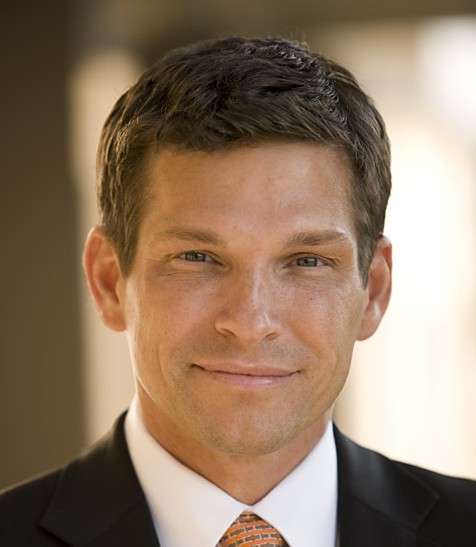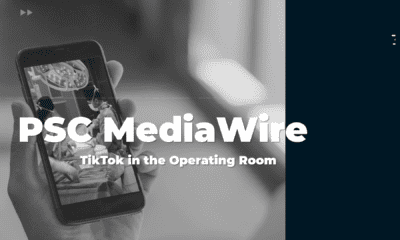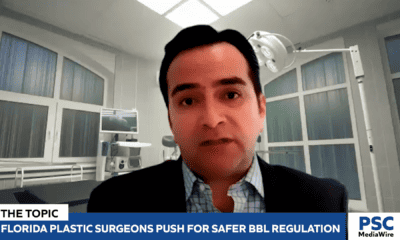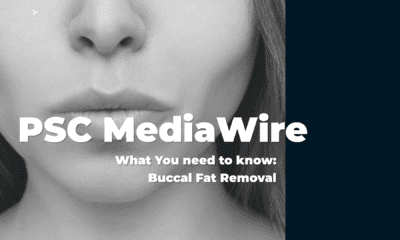Naked Exposure
When a group reportedly calling itself, “Tsar Team” recently stole more 25,000 files in a cyber attack on a plastic surgery clinic in Lithuania, it set off shock-waves through the medical community. The private photos – including British celebrities and patients – were made public on the dark web when a chain of clinics were hacked, according to reports. Authorities called it a very “serious” crime. Among the stolen pictures were “before and after” pictures that are often taken during plastic surgery procedures. Reports say the thieves then tried to extort money from those in the pictures – demanding ransom from the clients.
It isn’t very often before and after photos fall into the wrong hands, as the sensitive photos that provide an inside peak into the final results of a cosmetic surgery are surrounded with safeguards. Most clinics take extreme measures to provide privacy for patients. Board certified plastic surgeon Dr. Brad Calobrace says specific protocols are in place to ensure the photos remain confidential, if that is a patients desire.
“Confidentiality is extremely important in medicine and very important in plastic surgery, especially because we have very intimate photos and information about people all the time,” says Calobrace. In his Louisville, Kentucky clinic, Calobrace makes certain his patients are protected and that photos are protected. He says pictures are kept on secure servers and the names on pictures are an alias, and he advises patients the pictures are necessary for a good outcome.
“We do not do cosmetic procedures on patients if they refuse photographs because it is our form of documentation – and it is so important to have this in our files.”
Your Pictures – Your Choice
Before and after photos are part of almost every cosmetic surgery procedure. They are used as a teaching and even training tool. What happens to them afterwards, surgeons say, is really up to the patient. A client can decide to keep the photos tucked away in a personal file, or they can be used for educational use. As you can imagine, the decisions vary widely about what to do with the photos taken; much of the decision depends on which body part is exposed, according to board certified plastic surgeon Dr. Richard Baxter.
“Patients who are having body procedures done where there aren’t any identifiable features, they are usually pretty happy to give consent to allow the pictures to be published to our website,” says Baxter. Baxter says patients undergoing body contouring are usually the most cooperative because the head is often cropped out of the photo, leaving the image unidentifiable. But, he says its difficult to get patients who are having a facelift procedure to consent.
“A patient comes in for a facelift consultation, and they want to see lots of before and after pictures and so I ask if they mind if I use their photo and they often say, they can’t let anybody know that they did this.” Baxter says nothing goes online in a way that could be searchable with a patient’s name and he says a patient must provide a signed consent.
In some cases, patients are hoping for such a good outcome they are asked to provide the before and after shots, says Calibrace. “I do have some patients say to me, ‘I hope my results are so good that I make it on the website’, now that’s what we all hope for in an end result!”


















Facebook
Twitter
Instagram
YouTube
RSS